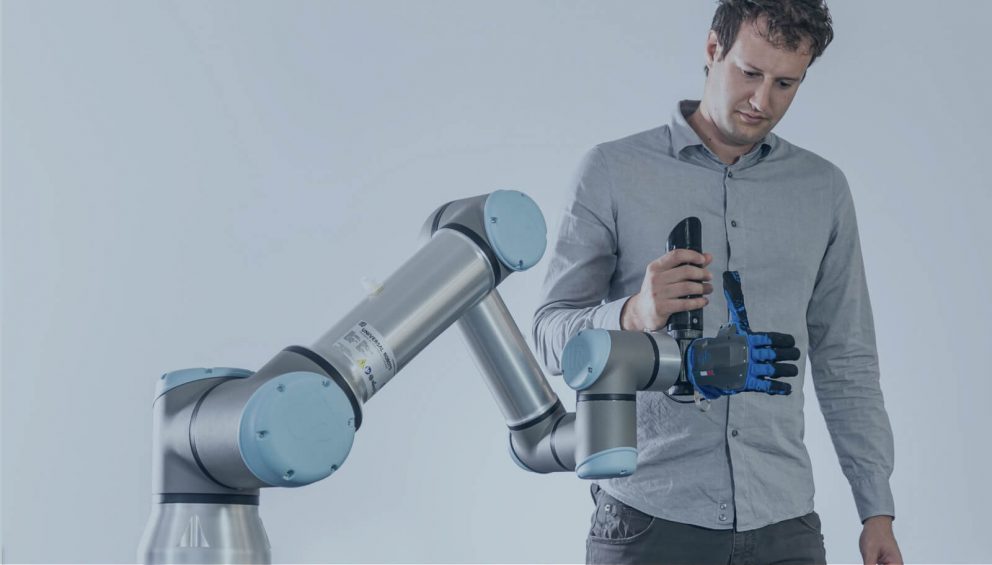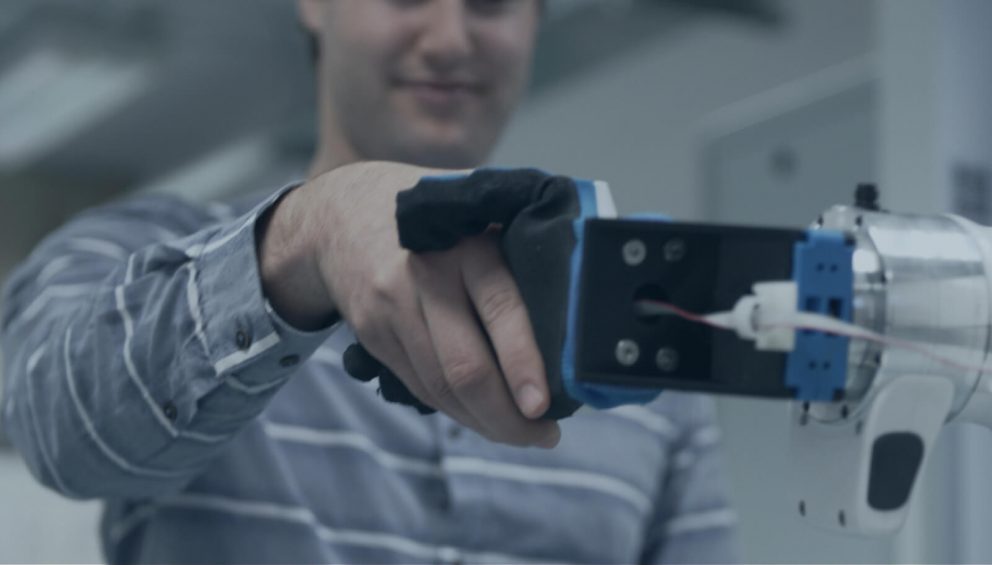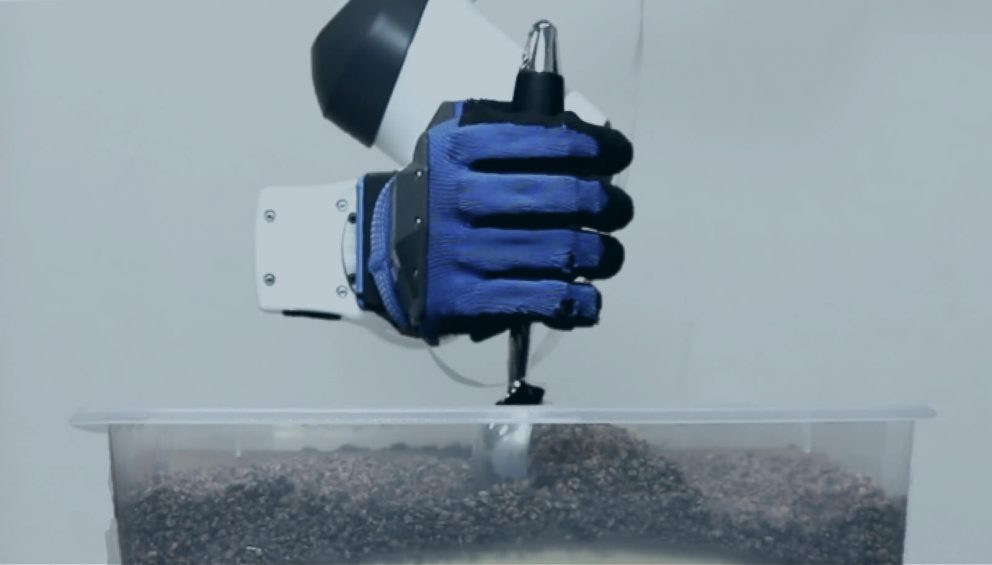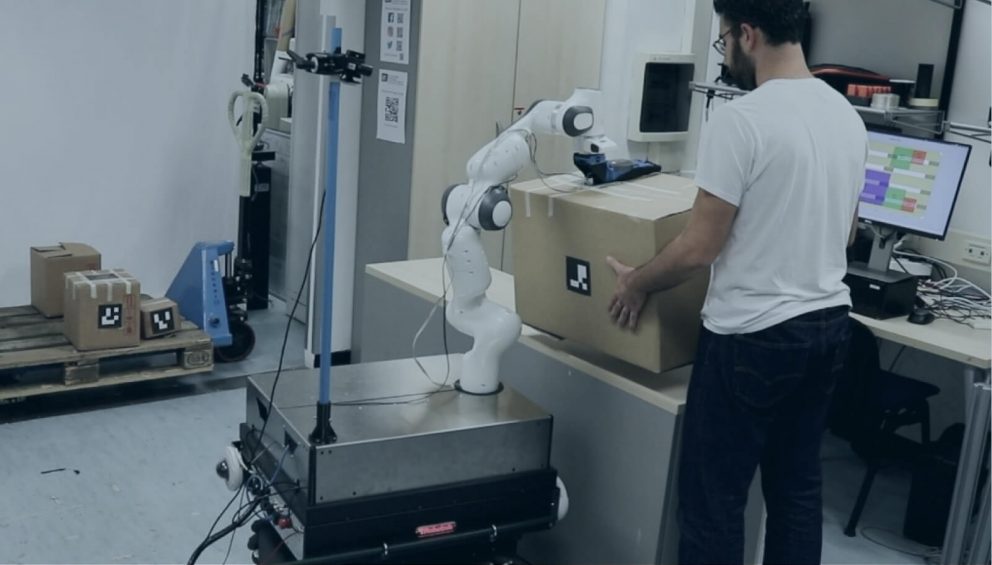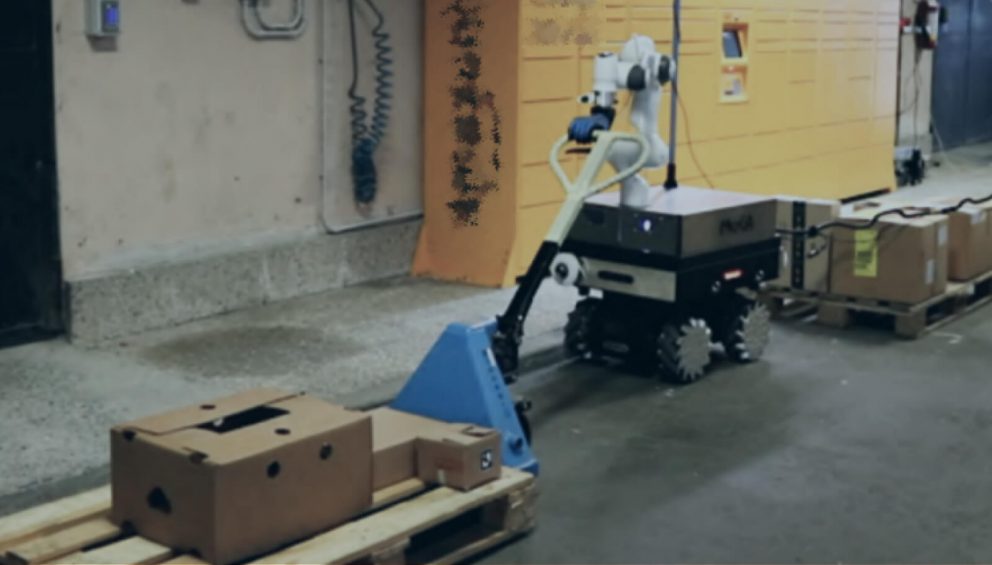Human Robot Interaction
To address the future needs of new industries, where cyber-physical systems communicate and collaborate with each other and humans in real time, the robot has to be controlled in order to guarantee a high level of flexibility for accomplishing a variety of tasks that go beyond the usual, standardized, robotic cell ones, which used to take place within a very structured environment.
The basic idea is that the robot should autonomously take care of all the control objectives related to the safety of the system and of the workers, interaction with the environment, as well as those that are a prerequisite to accomplish the required task. The presence of high uncertainty levels in such environments and tasks urges the development of autonomous robotic behaviors triggered by rich local sensory systems.
Such systems must be capable of distinguishing expected interactions from disturbances, to be able to react accordingly and appropriately. Moreover, the robot must be able to physically interact with the human counterpart and predict the intentions of the human, despite the additional interaction with the uncertain and unpredictable environment.
Achieving these objectives would mean that the robot should demonstrate a higher level of flexibility, simplifying the concepts that deal with planning and task sequencing.
